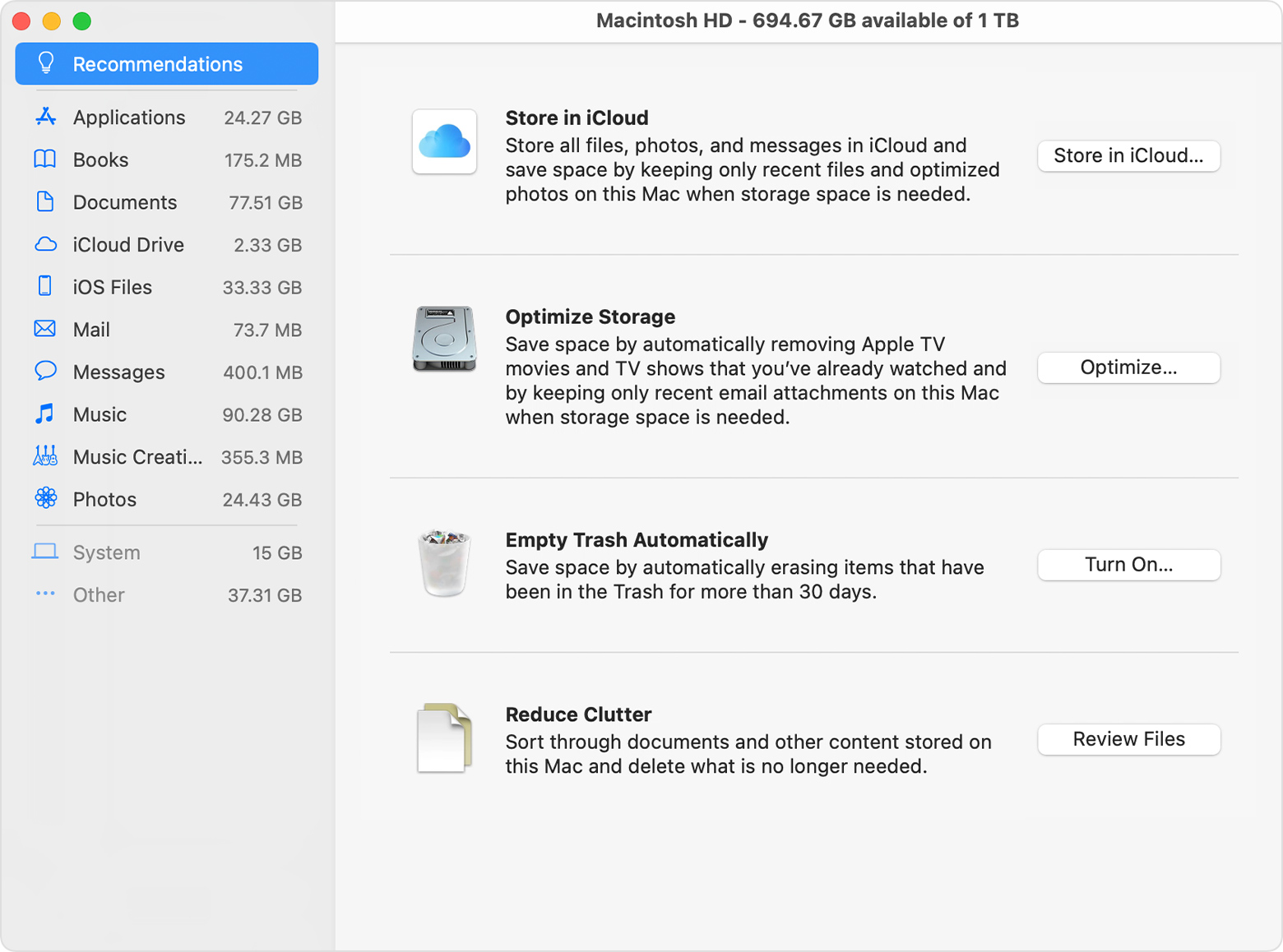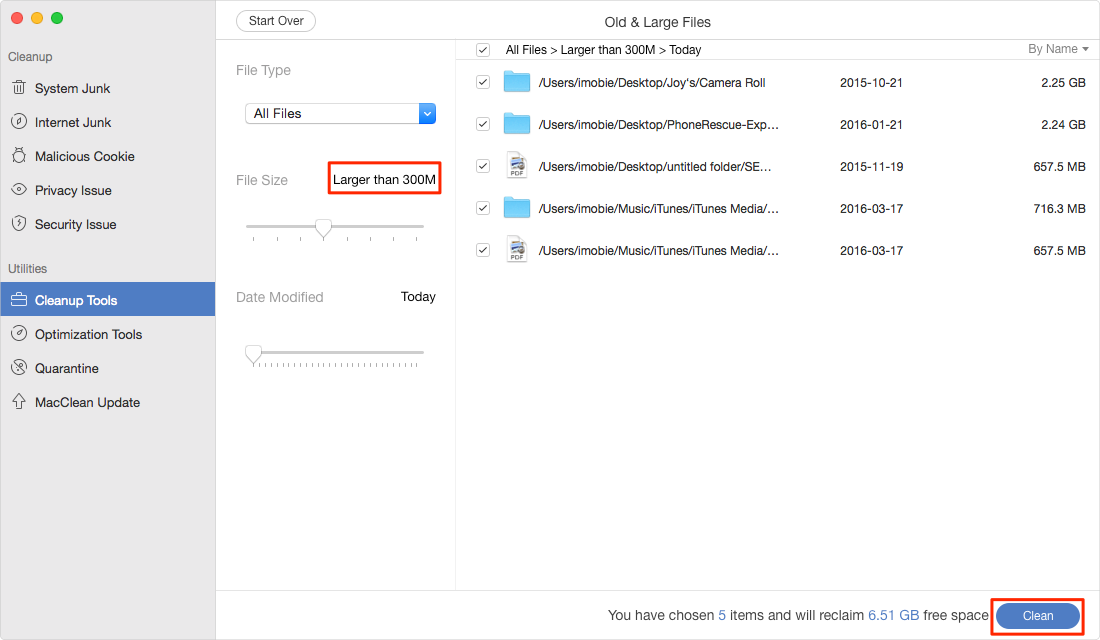

- Search for large files on mac for mac#
- Search for large files on mac mac os x#
- Search for large files on mac update#
The number of search results will appear at the footer if the footer is shown.
Search for large files on mac mac os x#
Want to use this feature to track down large files often? Click on the "Save" button in the upper right corner and you'll turn the File Size search into a Smart Folder that can be easily accessed from the sidebar for easy future retrieval, plus that folder will constantly be updated with large files only, making it a very useful way to instantly find any big item laying around on a Mac.Ī common pit of enormous files is the user Downloads folder, when using the file size search don't be surprised if you run into a fair amount of. Choosing 'Any' may find more matches, while 'Text' will find files Mac OS X determines fall under the category 'Text'.

Be sure that "This Mac" is selected if you're getting limited results, though you can also use the search limiters to find large files contained within single folders or user directories.

Use Duplicate File Finder FREE to find and remove duplicate files. Remove duplicate files on any mounted disk or folder.
Search for large files on mac update#
The file and app list below will automatically update as anything larger than the specified file size is found on the hard drive. Get more free disk space by removing unnecessary duplicate files and folders from your Mac.
Search for large files on mac for mac#
Macube Cleaner (opens new window) is designed for Mac users to clean up Mac OS X and speed up the computer. In a test on my machine, the Spotlight search didnt find a couple of large files that were in the trash or one or two system files (like sleepimage). Delete the unwanted files by typing rm ""

Enter the password and the large files will appear ĥ. You'll be asked to enter login password of your Mac Ĥ. Enter sudo find command, for example: sudo find / -type f -size +100000k -exec ls -lh ', which will show the path of files that equal or are larger than 100 MB. Delete those you don't need.Īdvanced users like to use command to find large files. Start your search on your Mac in Spotlight or in a Finder window. Then all large files in the size range will be presented. For example, you can search for particular kinds of files, or for items created on a particular date. Enter size range, for example files larger than 100 MB ĥ. Choose Kind > Other and select File Size as filter criteria Ĥ. : Its a fantastically quick and intuitive way to find those giant files that are sucking up your disk space. Press and hold Command + F to access "Find" feature (or go to File > Find from upper menu bar).ģ. Other than arranging your files by size in Finder, you can also use Mac OS X's built-in "Find" feature to precisely locate large files.


 0 kommentar(er)
0 kommentar(er)
